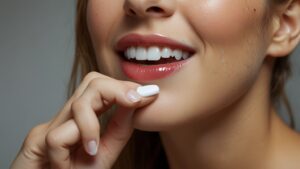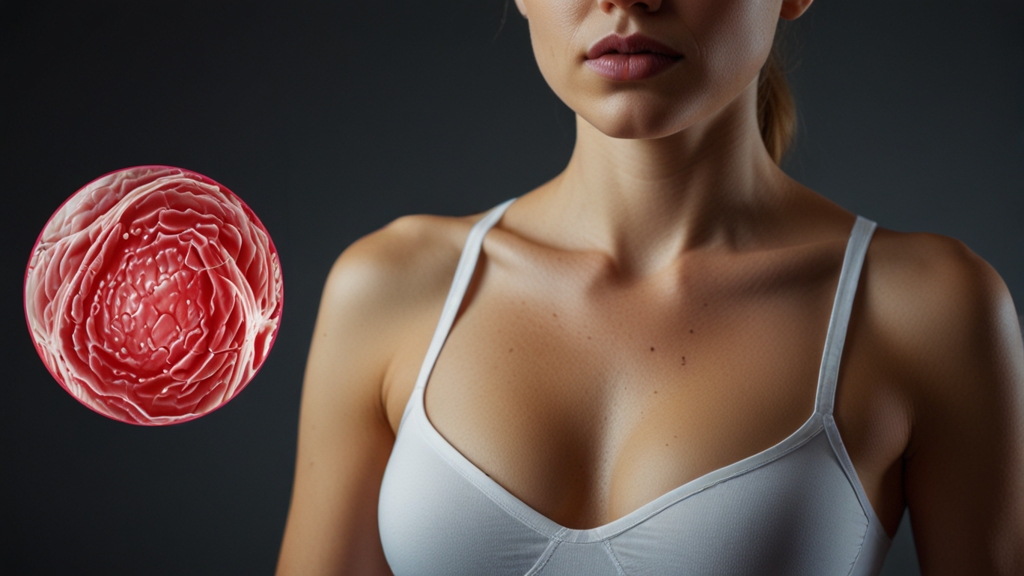Brushing your teeth in the morning and evening is a healthy habit that most people learn in childhood. It would seem that nothing could be simpler. But there are still many questions. Which toothbrush is better: electric or regular? Is it necessary to use dental floss? What is an irrigator? Which toothpaste should you choose? Why do you need mouthwash? Let’s figure out how to brush your teeth correctly.

When to brush your teeth
Dentists recommend brushing your teeth twice a day: in the morning and in the evening. This is the minimum required to help keep your teeth and gums healthy.
In the evening, everything is simple – teeth are brushed immediately before going to bed. But in the morning, people act differently. Some brush their teeth as soon as they get up, while others – only after breakfast. Dentists have not yet decided which is better. On the one hand, brushing before breakfast removes bacteria that have accumulated overnight. If this is not done, they will multiply during the meal and damage the enamel. On the other hand, people usually have breakfast quite quickly, and bacteria do not have time to cause significant damage. If you brush your teeth after breakfast, it will remove food particles and freshen your breath. The toothpaste will remain on your teeth longer, and the active ingredients will work better. But in this case, it is easier to forget about brushing your teeth in the morning, especially if you are in a hurry. In general, each option has its pros and cons. You can choose the one that suits you best.
Twice a day is the minimum. If you want, you can brush your teeth after every meal. But it is better to wait at least half an hour. This is especially important if you ate or drank something containing acid. For example, coffee or orange juice. Such products make the enamel more fragile. It needs time to restore its natural protection.
How to choose a toothbrush and take proper care of it
You can brush your teeth with any brush that seems comfortable. Most people prefer brushes with a small, streamlined head. It is better to choose soft or medium-hard bristles. They effectively remove plaque without damaging the gums and enamel.
It doesn’t matter whether you have an electric toothbrush or a manual toothbrush. According to the American Dental Association, they both remove plaque equally well when used correctly.
Each brush has its own advantages and disadvantages:
-
Regular brushes are cheaper. You can buy them in almost any supermarket. They are convenient to use when traveling because you don’t need to look for a socket or replacement batteries.
-
Electric toothbrushes help you concentrate on the process and brush your teeth more effectively. They are suitable for people with limited mobility and are often liked by children. Plus, they are more environmentally friendly compared to regular toothbrushes, because you only need to change a small nozzle.
The American Dental Association recommends replacing your toothbrush every three to four months, or more often if the bristles are worn. After brushing, rinse the brush thoroughly to remove any remaining toothpaste or plaque. Store the brush upright with the bristles facing up so that it has time to dry between brushings. You can disinfect it with mouthwash or a three percent hydrogen peroxide solution.
How to choose toothpaste
Experts recommend brushing teeth with fluoridated toothpastes because they protect teeth from caries. Fluoride content is usually indicated on the packaging. For adults, the indicator should be at least 1350 ppm, and for children, 1000 ppm is enough . In some regions of our country (for example, in the Moscow, Tver, Ryazan, Sverdlovsk regions), the fluoride content in water is increased . Residents of such regions are advised to choose fluoride-free toothpaste for children. Otherwise, yellow, white or brown spots may appear on the enamel.
How to brush your teeth properly
-
Rinse your teeth with water.
-
Squeeze a pea-sized amount of toothpaste onto your toothbrush.
-
Holding the brush at a 45 degree angle, use circular motions to brush the outer surface of your teeth.
-
Use circular motions to clean the chewing surfaces of your teeth.
-
Using sweeping motions from bottom to top, clean the inside surface of your teeth.
-
Rotate the brush so that the bristles pass between the front teeth and clean the interdental space.
-
Use gentle, careful movements to clean your tongue.
-
Spit out any remaining paste.
To remove all plaque, you need to brush your teeth for at least two minutes. Electric toothbrushes often have a timer built in to help you keep track of time. If you don’t have a timer, you can put an hourglass in the bathroom or download a special app to your phone.
What else might be useful?
Dental floss
Food often gets stuck in the spaces between teeth and plaque forms. This can cause bad breath and provoke the development of caries. Dental floss is a simple and effective way to clean the spaces between teeth. Dentists from the UK recommend including it in the daily routine from the age of twelve.
You should use dental floss before brushing your teeth at least once a day. For brushing, take about 40 centimeters of floss. Stretch a three to four centimeter piece between your fingers. Pull the floss between your teeth and move it up and down several times. Then clamp a clean piece between your fingers and repeat the procedure with the next teeth.
Irrigator
A special device cleans teeth with a pulsating stream of water. It does not replace regular brushing, but helps to take care of the oral cavity more thoroughly. The irrigator is recommended for those who have braces, crowns or implants. In other cases, it can be used as an additional care if desired.
You should treat your teeth with an irrigator before brushing. Pour clean warm water into the device’s reservoir. Select a comfortable pressure. There should be no painful sensations. Hold the nozzle so that the water hits at a right angle. Carefully treat the line along the gums and the interdental spaces. There may be a lot of splashing during the procedure, so it is better to lean over the sink.
Mouthwash
This is an optional product and cannot replace a toothbrush and floss. Depending on the active ingredients, the mouthwash can remove unpleasant odor, strengthen enamel, and relieve gum inflammation. For the product to work, it is important to use it strictly according to the instructions on the package.
English dentists do not recommend rinsing your mouth immediately after brushing your teeth — this way the toothpaste does not have time to work. You should wait 20–30 minutes before using the mouthwash. You can also brush your teeth in the morning and evening, and rinse your mouth with a special product after lunch.



Leave a Comment